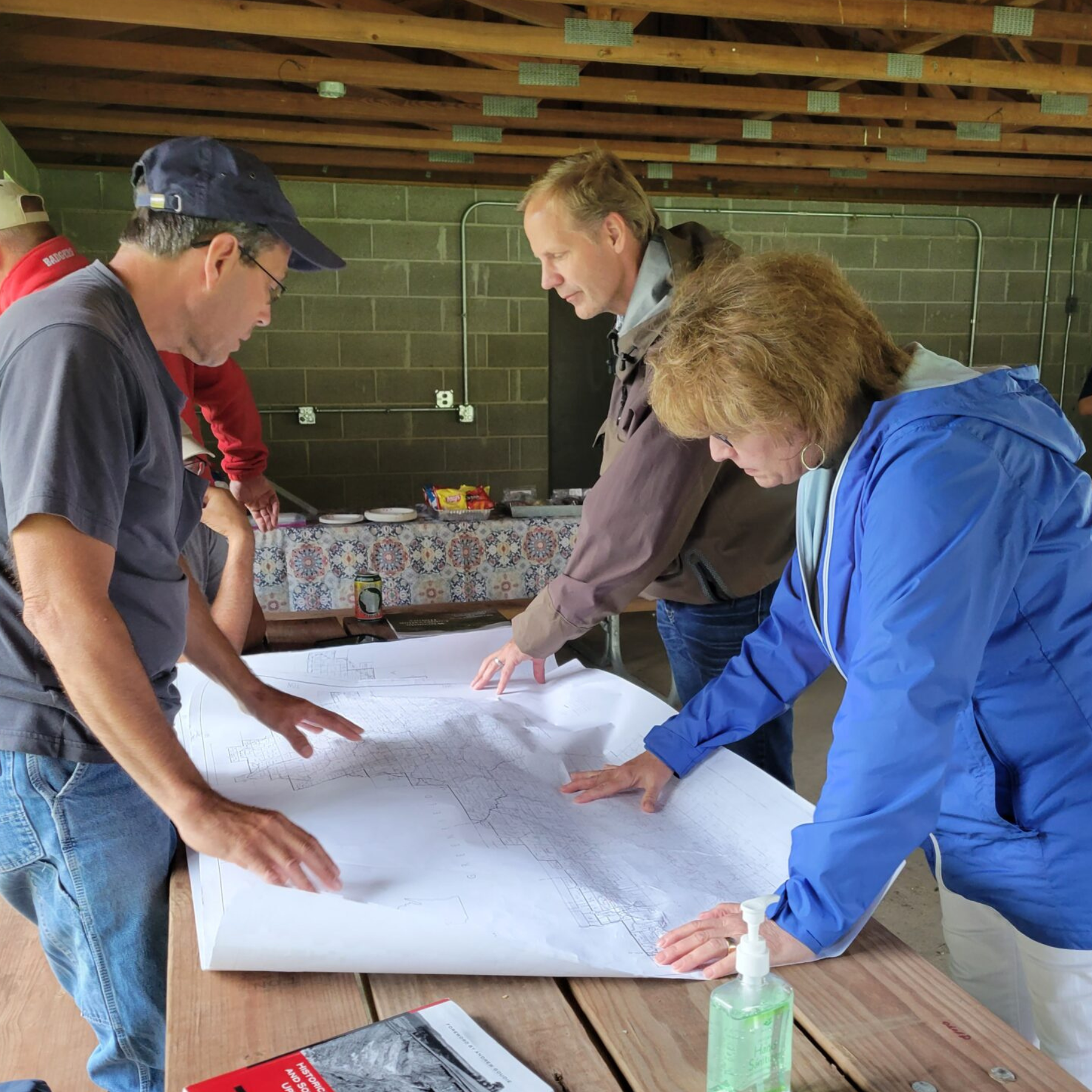Coon Creek Community Watershed Council Inc.
History
Some ninety years ago, the Midwest was engulfed in an environmental and agricultural disaster roughly seventy years in the making as the result of the continuous use of unsustainable agricultural practices. In the driftless region of Wisconsin, soil erosion and flooding threatened the existence of homes, farms and small villages, the backbone of local economies. Change was imperative and the federal government chose the location of the Coon Creek Watershed that runs through parts of La Crosse, Monroe, and Vernon Counties in western Wisconsin for a large-scale, conservation demonstration project. Coon Creek Watershed entrepreneurial farmers and businesspeople alike came together in the 1930’s to work with the Civilian Conservation Corps (CCC), the University of Wisconsin-Madison and the Soil Conservation Service to stop the destructive soil erosion and flooding in this watershed, shaped by the agricultural practices our ancestors brought from Europe. These brave farmers, who recognized the need, implemented land conservation practices that literally changed the face of the earth. The work was not easy. It was accomplished by backbreaking effort, shovels in hand to construct earthen terraces to slow the water and to build dam structures to hold the water back. And, it was accomplished through the slow process of building trust between the farmers, the university, and the government, at the high cost of friendships, relationships and initially respect for the farmers courageous enough to try something new. Through this difficult work, amid the Great Depression, the legacy of conservation leadership in the Coon Creek Watershed was born. It was here that the model for land and water conservation practices in the nation was designed and realized.
Our History
Roots
In the late 1950’s, the first Coon Creek Watershed Council was formed as the community group required for the planning and implementation of the PL566 dams, a federal effort to further mitigate flooding throughout the nation. Vernon County, in western Wisconsin, has a high concentration of PL 566 dams constructed in the 1950’s and 1960’s, and many of them are located in the Coon Creek Watershed. These dams have outlived their life spans, continue to age, and were not designed to accommodate the rainfalls and storms happening now. They are in the process of being decommissioned.
Throughout the past several years, the Coon Creek Watershed has suffered continuous and catastrophic flooding that has reached unprecedented levels. During the flood in 2018, three of the PL 566 dams breached, sending cascades of water throughout the watershed destroying everything in its path including homes, farms, businesses, roads, bridges, and livelihoods, resulting in a Presidential Declaration of Disaster. Our watershed is predominantly rural, agricultural, and forested, peppered with a few, small communities. Given the repeated flood events and devastation, we found ourselves in a similar situation as our ancestors were ninety years ago, this time compounded by climate change, and so we asked what we could do ourselves to mitigate flooding. The answer was to establish a watershed council and learn to make running water walk.



